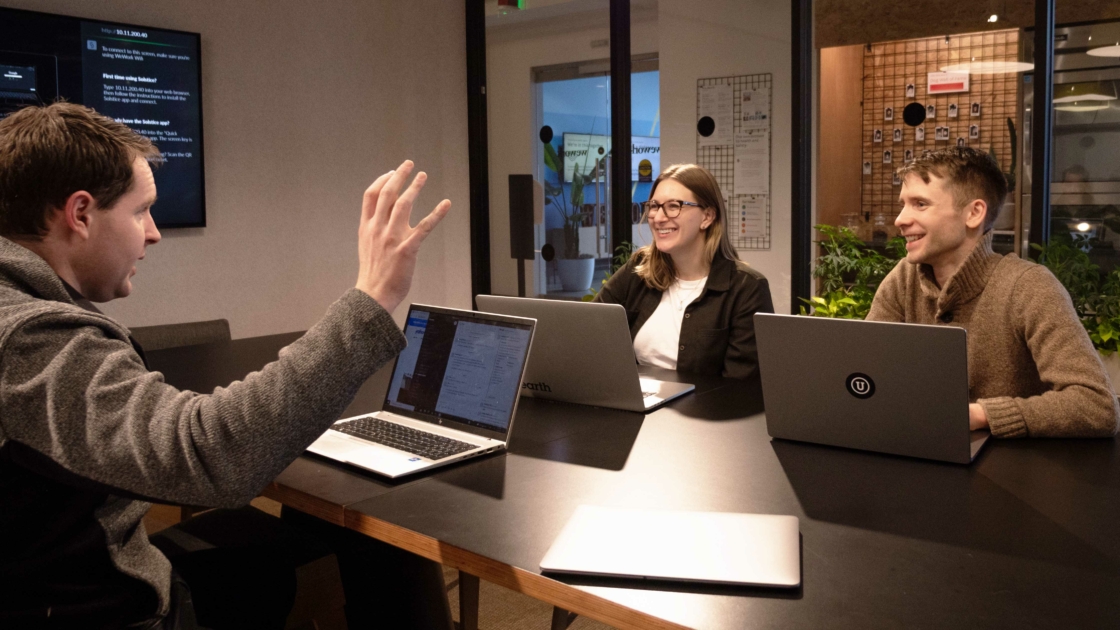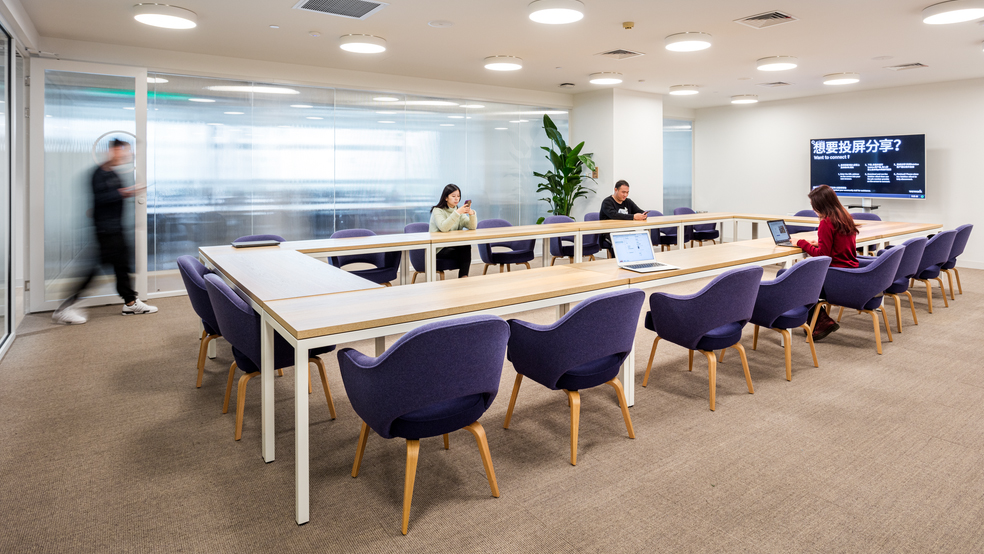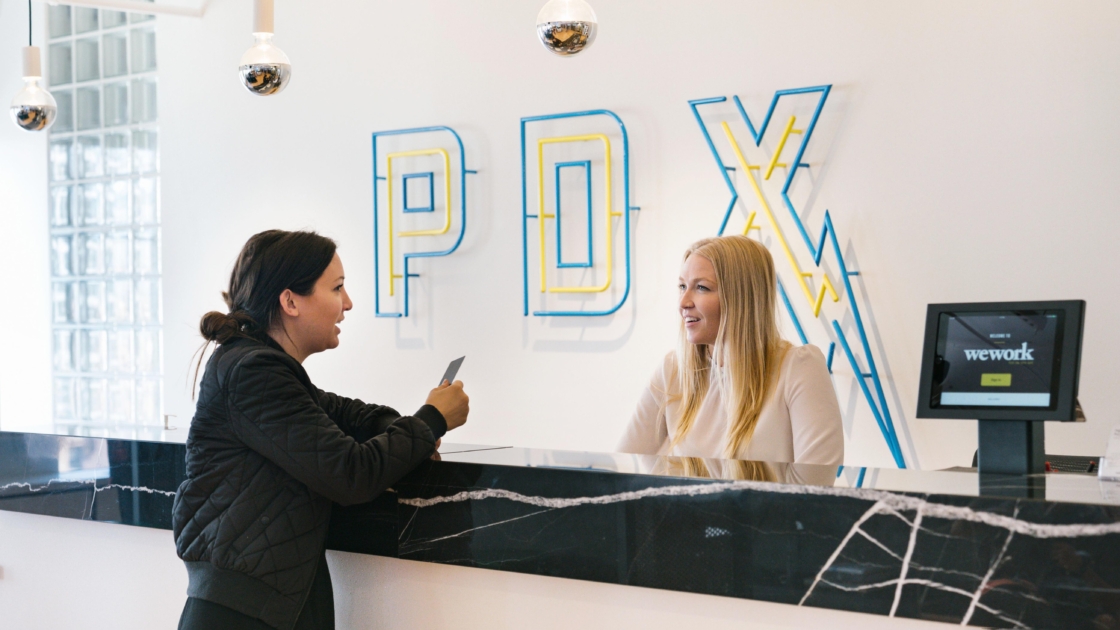
Photo by Austin Distel on Unsplash
Systematic Risk, 47$ Billion Valuation To Bankruptcy, Crash, Crunch, Burn! The Story Of WeWork®
WeWork's sudden rise in valuation collapsing in a year's time, the founder's antics, and disruptions in the startup world
Origins
The ablity to tap into a market and sell an idea. WeWork sold on the office experience of the fast growing tech statrtups. What works for hip tech spaces?
- Open Spaces
- Modern Furniture
- Laptops, devices, everywhere
How to get these spaces easily for the growing tech startup space was something no one was doing.
In comes WeWork, receiving big backing from investments of Goldman Sachs, JP Morgan, Soft Bank, Amazon. In total, WeWork secured 14.2$ Billion in funding since 2019 - low interest rates playing an important part.
SoftBank plays a more important part than is currently realized, having investments in likes of Boston Dynamics, and also having funded Ali Baba with a young Jack Ma with a total of 20$ Million.
The Growth Of WeWork
Established in 2010, it is headquartered in New York City, which owned 46.64 million square feet of space in 2018. WeWork (2022) has more than "5,000 representatives ... 280 locations ... 86 urban areas ... 32 countries" [1].
Over the coming decades, WeWork used the money from its investors, to amass a 103 locations globally. It even became the biggest private office tenant in Manhattan, and the single biggest office occupier in London as well. Eventually being valued at $47B in Jan 2019, the same time trouble started brewing.
Beyond WeWork's office renting strategies, there is also WeLive, and we WeGrow.
Rapid Expansion
Needless to say, and as already expected, WeWork grow exponentially, rapidly, gathering investments and turning into a Unicorn very quickly. See below chart for the visualization.

The below table lists down a few of all the financial investments for WeWork [2],
| Announced Date | Organization Name | Lead Investor | Funding Round | Money Raised |
| Jun 5, 2020 | WeWork India | Yes | Corporate Round - WeWork India | ₹7.5B |
| Feb 26, 2019 | Landit | Yes | Series A - Landit | $13M |
| Dec 19, 2018 | The Wing | — | Series C - The Wing | $75M |
| Mar 9, 2018 | Hargol™ FoodTech | Yes | Convertible Note - Hargol™ FoodTech | $360K |
| Nov 21, 2017 | The Wing | Yes | Series B - The Wing | $32M |
| Jun 13, 2017 | Victor Tech Inc | — | Grant - Victor Tech Inc | $72K |
| Jun 1, 2017 | Brave Initiatives | Yes | Grant - Brave Initiatives | $72K |
| Feb 15, 2017 | Luna Lights | — | Seed Round - Luna Lights | $382K |
| Jan 1, 2016 | Wavegarden | Yes | Funding Round - Wavegarden | $13.8M |
The below table describes (a few of all of) the acquisitions made by WeWork [3],
| Announced Date | Organization Name | Agreed Amount | Investors | Angels | Co-Founder |
| Aug 27, 2019 | Spacious | $42M | August Capital - Redpoint Ventures - Lerer Hippeau Ventures | Lerer Hippeau | Preston Pesek, Chris Smothers |
| June 25, 2019 | Waltz | $1.1M | Outfront Media - Palm Ventures -New Europe Ventures | NA | Matt Kopel |
| June 13, 2019 | Islands | $1.9M | Greylock -Vaizra Investments - Real Ventures | NA | Greg Isenberg |
| Feb 7, 2019 | Euclid | $49.8M | Cox Enterprises - Gold Sky Capital - New Enterprise Associates | NA | William Smith |
| May 16, 2018 | MissionU | $8.5M | FirstMark - First Round Capital - University Ventures | John Doerr | Adam Braun, Mike Adams |
| Apr 12, 2018 | Naked Hub | $33M | GAW Capital Partners | NA | Grant Horsfield |
| Aug 10, 2017 | Unomy | $2.4M | Altair Capital - Leta capital - Joule Ventures | NA | Gal Har Zvi, Yuval Amir |
| Aug 7, 2017 | Spacemob | $5.5M | Alpha JWC Ventures - Vertex Ventures -WeWork | NA | Turochas Fuad |
| Jun 6, 2017 | FieldLens | $12.6M | OpenView - Contour Venture Partners - Borealis Ventures | NA | Doug Chambers, Dave Small, Matt Sena |
| Mar 18, 2016 | Welkio | $400K | Hathway | NA | Florent Ferere, DJ Tarazona |
| Aug 5, 2015 | Case | NA | WeWork | NA | David Fano |
| NA | Sharkk | NA | DSCN Capital Partners, Chris Blatt | NA | Dov Brafman |
Business Model
WeWork buys space to operate, then provides incentive to the inhabitants and landowners. The solution it provides is on-request adaptable space with momentarily leases (month-to-month possibly), taking care of continuous shifting, allowing participants to move to and from alternative spaces, a private office, or even a private floor. The maintenance is left entirely to WeWork (free espresso, quick web, etc).
Case Studies By WeWork Itself
- "One startup using WeWork to reconnect during the pandemic -
Unearth needed a place where employees could come together, collaborate, and propel its tight-knit culture"
- With roots in construction technology, SaaS startup Unearth supports critical infrastructure providers in construction, utilities, oil and gas, and telecom with a platform that enables location-based data management. The work is high-tech and completely reliant on the innovation and creativity of its workforce, which in turn is fueled by the company’s culture.

- “There is an irreplaceable value of in-person connection,” Saab says, “and the little ties you can make just from a few moments of in-person interaction might not happen remotely. But WeWork has definitely brought the company together again, and helped us maintain a level of connectivity we couldn’t get when everyone was working completely remotely.”
"Collaboration is key to Unearth’s company culture, and WeWork spaces ensure teams can share ideas openly, innovate, and continue to work well together."
BRIAN SAAB, UNEARTH COFOUNDER AND CEO
- "How one data company grew from one to 70 seats in WeWork -
As Grassroots Analytics keeps hiring, it flexes up its WeWork footprint each step of the way"
- “WeWork really camouflaged us when we were a four- or five-person company with a bunch of 25-year-old kids [as employees],” Hogenkamp says. “It was a big reputational upgrade because we would bring in members of Congress, campaign managers, mayors, and their staff to meet with us.”
- Today, however, Grassroots Analytics no longer has to pretend—it’s grown to 45 staffers and expanded into new lines of business. But WeWork is still as vital to the company as ever. When Hogenkamp and his team needed a larger, more elevated space that better reflected its mission, they partnered with WeWork. In November 2021, the team moved into a spacious, corner office at WeWork 700 K Street Northwest in Washington, D.C.

- The result: an elevated workspace with improved company branding and employee engagement, with room to grow
"When someone in the operations team bumps into someone on the campaign team…it can lead to ideas that can help the company.b
DANIEL HOGENKAMP, CEO OF GRASSROOTS ANALYTICS
- "Six companies using WeWork for a custom space - Each business had different needs, which informed the tailored approach to their office space". In this story, we have tales of,
- A Fortune 500 pharmaceutical company launches a spin-off
- A Fortune 100 social media company customizes for collaboration and education

- A financial services company goes all-in with a full-building HQ
- A software provider settles down in a branded, client-facing office

- A healthcare provider opens a new, customized call center
- A health tech company expands into new markets

Space Used By WeWork
WeWork rents a couple of floors of a structure from a property director in a high-thickness urban zone. It revamps the space to incorporate a blend of private workplaces, meeting rooms, parlours, and open workspaces.
WeWork also additionally adds facilities such as espresso, office supplies, and brew on top. WeWork pivots and leases workplaces to a blend of specialists, solopreuners, new companies, and huge organizations [1].
Services Added Value

Services also include,
- WeWork Labs: a hatchery style program for new companies planned for helping them develop their business
- Once individuals enter the WeWork environment, it becomes hard for them to leave owing to the benefits
- If a vital acomplice or specialization organization is required, WeWork can help find the ideal option
- If an organization develops from a small startu to a large organization, WeWork's administration scales to keep up with the upgrade
- WeWork's lowest offering is that of "common workspaces", imagine "cooperating space", where members can come and sit in an environment for some charges on a monthly basis, or can even have committed sections of a workspace dedicated to a team of organizations, specialists, advisors, telecommuters.
WeWork Labs
WeWork Labs is WeWork's "worldwide development stage" - an in-house startup hatchery that enlarges the central WeWork workspace offering extra highlights, including devoted program directors, week after week ocassions, pitch evenings, workshops, financial specialist presentations.
Unique Selling Point
The main USP, from other startup quickening agents, is the plan of action. That is to say, instead of the standard hatchery model of taking value in the business, WeWork Labs charges a level expense, basically an up-charge to what the startup would some way or another compensation for space at WeWork.
WeWork Business Growth
We Co. posted an overall deficit of around $689.7 M and an income of $1.54 B in the initial half-year of 2019.
Internationally, We Co. is available in 528 areas in 111 urban communities crosswise over 29 nations. ACcording to the recording, the organization earned $3.5 M in the executive's expenses in the half-year finished 30 June, enlisting a 118% bounce from $1.6 M in the year-back period.
Throughout the final quarter of 2019, WeWork's evaluated market capitalization has kept on falling to a limited extent because of various examinations on Neumann's conduct and strategic approaches.

In 2018, WeWork's misfortunes and income both multiplied. As per the Financial Times, the organization lost $219,000 every hour of every day from March 2018 to March 2019.
Adam Neumann Resigns
Adam Neumann left his position as the CEO and surrendered a greater part of ballot control in WeWork from 26 September 2019 [1].
Neumann made plenty of mistakes that he attempted to undo, including selling a $60 million private jet and paying back the $5.9 million the company paid him to use the word “We” as a trademark. But the root of WeWork’s problem goes much deeper than an outrageous leader. In fact, it’s a problem affecting the entire market [4].
”THEY INVESTED BILLIONS OF DOLLARS USING DECISION BIAS ROOTED IN VERY TRADITIONAL MANAGEMENT THEORIES FOR A CONCEPT AND COMPANY PURELY BRED IN A NEW MILLENNIUM THAT NEEDED MORE CURRENT METHODS OF WINNING.”
Lessons To Learn From Adam
Source is FastCompany [4],
The Dangers Of Unchecked Fervor
If the company’s board of directors had resisted the lure of biases and measured their execution readiness early on in WeWork’s expansion, they likely could have prevented many of their problems. Perhaps the company could have even lived up to its original sky-high valuation.
Leaders Need To Trust The Data
Leaders often struggle to trust the data over their own instincts because, often, the data violates what their gut is telling them to do. But leaders need to trust the data if they want to avoid WeWork’s mistakes. Data and unbiased facts, not feelings, produce reliable strategies. When pilots experience vertigo while flying at night, do they use their gut to steer the plane? No, they rely on their instrumentation. Business leaders must do the same or risk steering their companies into the ground.
Execution Readiness Protects Us From Ourselves
The bias WeWork fell prey to is referred to as the Monte Carlo bias, named after the famous gambling destination. This bias involves putting excessive weight on previous events, believing that they somehow represent future outcomes. This behavior is more common with older leaders who believe their personal experience trumps data: “I’ve seen this before, so I know exactly how it will turn out.”
WeWork Exemplifies A Larger Pattern Of Failure
WeWork isn’t the first business killed by decision bias, and it won’t be the last. Over the past 20 years, evidence indicates that many flawed decisions made by large companies were caused by errors in judgment, often based on bias, by accomplished individuals who were otherwise considered capable.
How To Avoid WeWork's Fate
Companies make mistakes like WeWork’s all the time, but as a leader, you can avoid their failure by being mindful of biases and always making decisions based on relevant data. With every new project, you face different personalities, decision-making processes, and parameters. Even if you’ve experienced prior success, as WeWork had in London, it’s not enough to assume your results will remain static in a constantly changing world.
